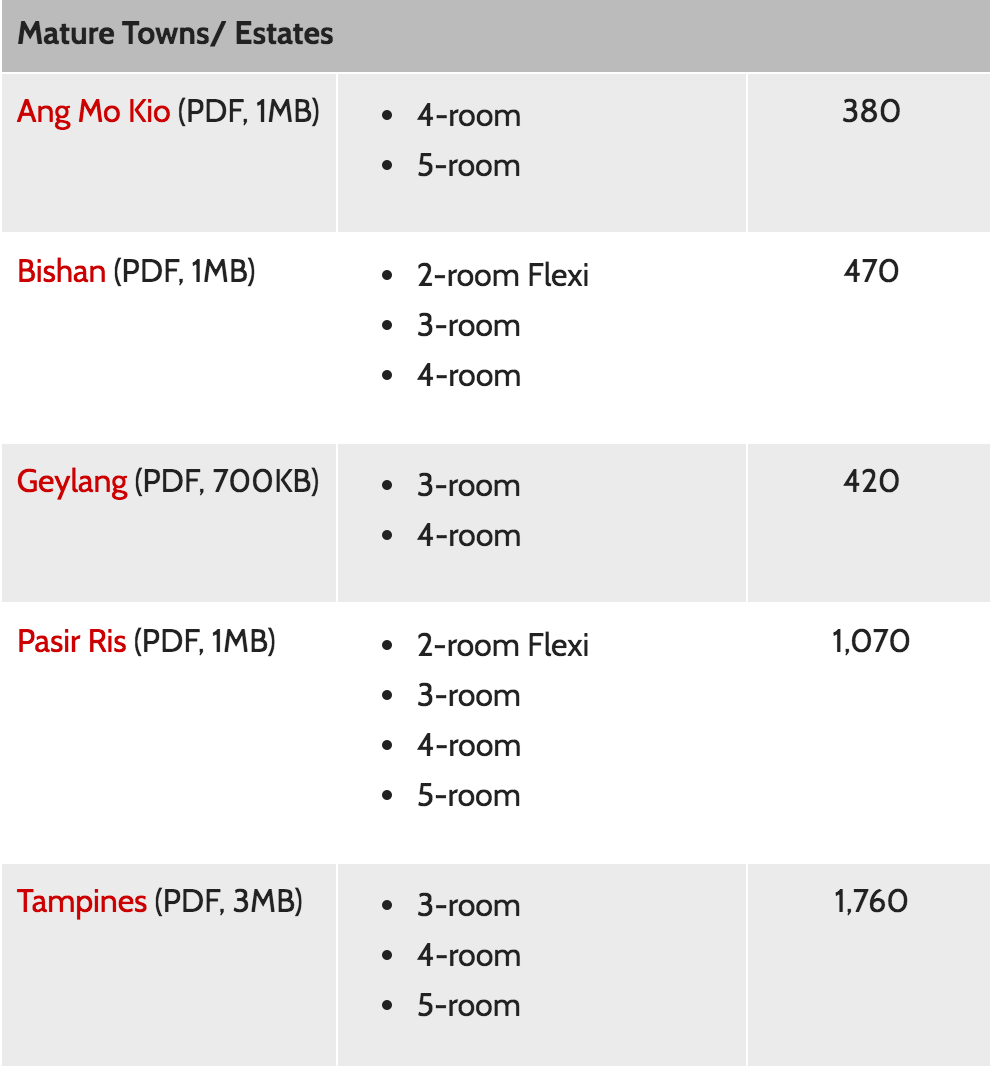

The Leading Note is the 7th note of every Scale and it is always one semitone under the ‘ Tonic ‘, the first note of the key. The last sharp of this Key Signature is the ‘Leading Note‘ of the key. Now that we can recognize the key signatures, we can recognize the Major Scale that they indicate. How to find the Major Scale from the Key Signature So, which key signature is pictured here? ♭Battle-Ends-And-Down-Goes-Charles’-Father #Father-Charles-Goes-Down-And-Ends-Battle There is a simple trick to know how to work out key signatures, which is the following mnemonic: This means that when the Key Signature has only one sharp, it will always be F#, when it has two, F# C#, a key with 3 flats will be #F, C#, G#, and so on. (notice that they are the same backwards) The order of the sharps is: #F-C-G-D-A-E-B The order in which the accidentals appear in the Key Signature is always the same.

What is the order of Piano Sharps and Flats? However, a more practical way is to understand the logic of the ‘series of piano sharps and flats’. They are typically located on the right of the clef. The obvious is to read every accidental at the beginning of the piece. There are more than one ways to find the key signature. These pairs of keys are called ‘ Relative Keys ‘. That means that every Major Scale has a unique set of flats or sharps, which only shares with one Minor Scale. Every key signature corresponds to one major and one minor Scale. The collection of piano sharps and flats marked at the beginning of the piece and applied to that staff is called ‘ key signature’. What are scales and key signatures on pianoįor understanding a key signature guide, first, we need to comprehend what are scales and key signatures. Learn how they work and how to play key signatures on the piano with this tutorial. One of the most important things when starting to read music is to understand key signatures.


 0 kommentar(er)
0 kommentar(er)
